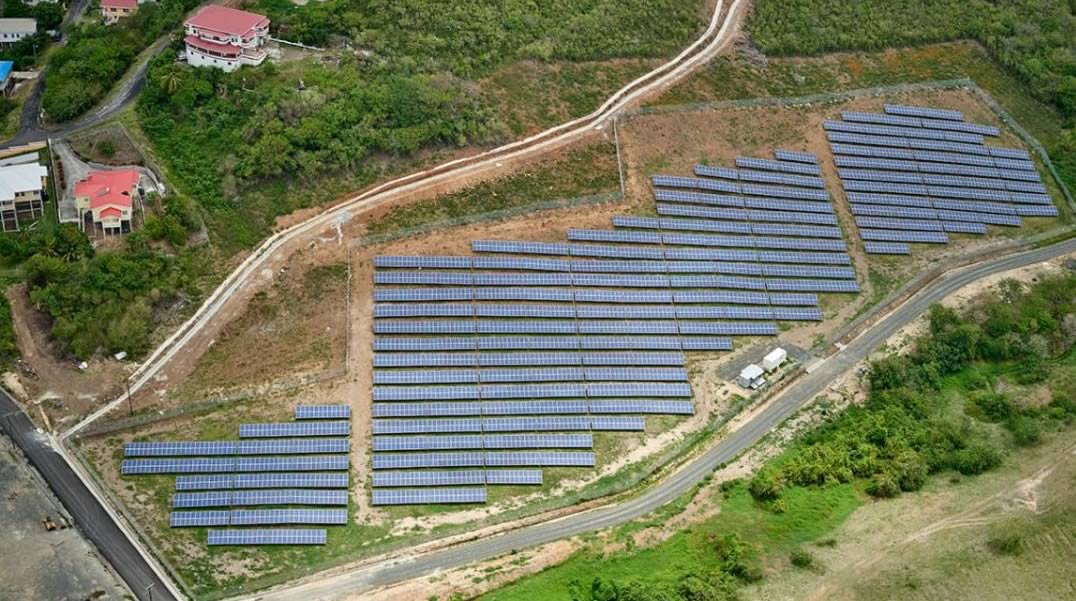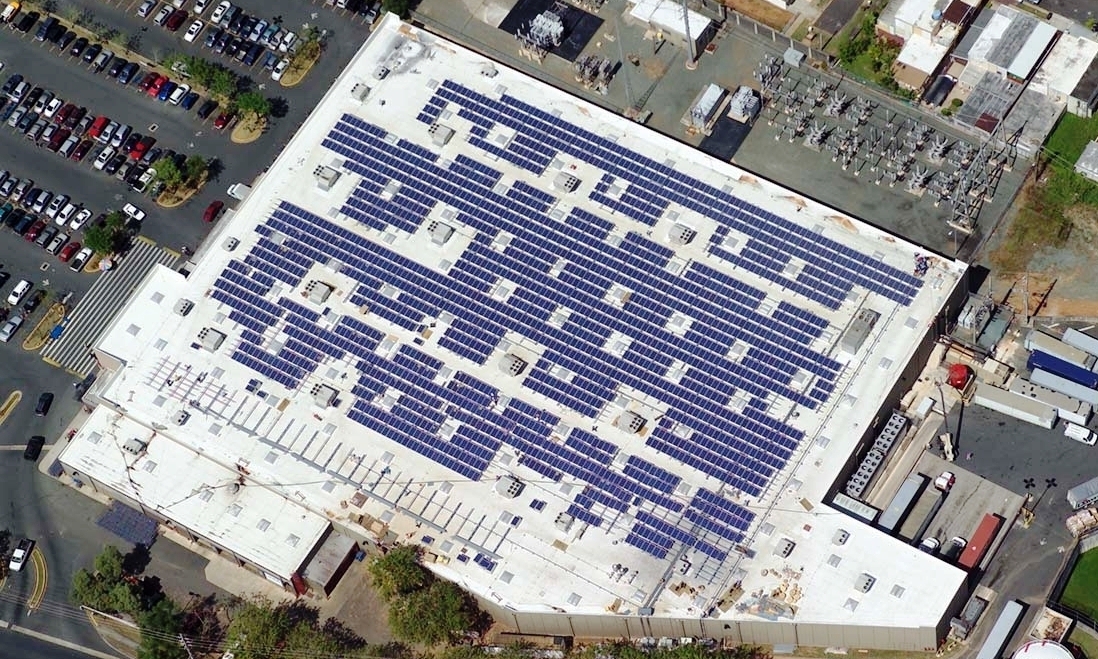After years of planning and discussion, the Caribbean community has launched a new and very robust phase of hybrid renewable energy development. Now a large number of real, significant projects are getting underway. The majority of the 2018-2019 projects are for wind or solar, according to a report by Castalia advisors. These projects are responding to varied geographies, resource availability and a tremendous diversity of economic circumstances, laws and regulations. This makes the Caribbean a fascinating place to follow the evolution of different distributed energy technologies and business models.

HOMER Energy has recently attended two important conferences that are among the region’s most significant renewable energy events – the Caribbean Renewable Energy Forum (CREF) and Caribbean Electric Utility Services Corporation (CARILEC) conference. CEO Dr. Peter Lilienthal just returned from CREF along with Andy Kruse, VP for Business Development. Andy recently went to CARILEC as well, and we wanted to share some of their observations.
Highlights of Caribbean renewable energy projects
While the Caribbean is not a very big market for renewable energy, it’s one of the world’s fastest growing. Puerto Rico, for example, is rebuilding its entire grid infrastructure with a new emphasis on distributed energy. We expect to see similar trends in the Bahamas, where the northwest region was completely flattened by Hurricane Dorian this year.

Aside from the fact that lots of distributed renewable energy systems are now coming on line in the Caribbean, certain countries are breaking new ground in the ways in which they incorporate renewable energy into traditional island grids. Jamaica is demonstrating how they can successfully maintain the stability of their grid with a wide variety of renewable resources, balancing all these inputs with their traditional thermal generation. We saw a real-time display of that technology at work during the CREF conference and it was impressive.
Another highlight is a World Bank project in the Eastern Caribbean that is looking at the most promising business models and regulatory environments for C&I investments in distributed energy. HOMER Energy is part of that project, which includes the islands of Saint Lucia, Grenada and St. Vincent and the Grenadines. You can see our story on the project here . We should have a final report on that study from the World Bank soon, and hopefully it can provide some direction for other island nations that want to encourage the development of renewable energy in the C&I sector.

Obstacles to distributed energy development in the Caribbean
For decades Caribbean island utilities have been almost completely powered by diesel generators. One reason we have seen a relatively cautious adoption of renewable energy there is that the utilities have been risk-averse. Utilities are used to a central power plant model, and the distributed nature of renewable energy, not to mention the newness of the technologies, seems like a risk to them.
The good news is that renewables – and storage for that matter – have come down in cost so rapidly that they are now cost-effective when compared with diesel in the Caribbean. In other words, they are cheap enough to overcome the percieived financial risk. Another factor that has slowed the adoption of distributed energy in the Caribbean is that there hasn’t really been a knowledge base. Now, understanding of renewable energy and hybrid systems is beginning to permeate the power industry.
Financing remains a barrier to Caribbean renewable energy
Financing has always been an obstacle to renewable energy and microgrid development in the Caribbean, mainly due to the small scale of energy developments. Renewable energy investors, who often rely on tax advantages to make their projects pencil out, are not attracted to smaller projects. These projects are also costlier because they can’t take advantage of economies of scale. And finally, it’s difficult to pool resources in the Caribbean because so many islands represent different legal jurisdictions. Some are independent nations, others are national departments, and still other islands – like Puerto Rico for example – are territories. This creates a patchwork of regulations and policies that make collaboration difficult.

Another challenge in developing shared strategies and collaborating on renewable energy projects is the enormous cultural and economic diversity in the Caribbean. While some islands are very wealthy, others are struggling financially. While most rely on tourism, the scale and nature of that industry varies dramatically across islands. Now, because of recent experience with devastating storms and financially catastrophic destruction, we are seeing international development agencies participating more generously, citing climate change and the need for resilience. Ironically, the island nations that are less well off sometimes have access to more financial support through multilateral institutions while territories – of the US, UK and France – struggle for resources to support the transition to distributed renewable energy. Although Puerto Rico is a perfect example, we heard a similar story from the British Virgin Islands..
Future Resiliency in the Caribbean
As one of the facilitators for the Island Resiliency Action Challenge, a hands-on workshop to develop solutions to the region’s most pressing energy problems, Dr. Lilienthal was able to see firsthand the progress that has been made in the last year. The pace of change is picking up, he says, and energy professionals are working hard to develop new strategies that will result in more resilient island communities.
At the same time, the increasingly violent storms that batter the Caribbean are an alarming wakeup call. Climate change appears to be impacting the region at a rate that is challenging our ability to adapt in time. For example, following the devastating power outages during the 2017 hurricane season, it became clear that backup diesel generation is not a complete solution in a natural disaster, because fuel delivery is usually interrupted by the same forces that have brought the grid down.
It has become apparent that a better approach is to identify critical social infrastructure, such as hospitals, first responders, emergency shelters, and food and water resources, and make sure that these resources have access to resilient power supplies, such as hybrid microgrids powered by batteries and solar. These are smaller, decentralized facilities with the redundancy and black start capability to come back on line quickly in the wake of an extreme weather event.
However, resiliency isn’t the only consideration – it’s a priority for Caribbean nations to provide low cost electricity that can support their growing economies. The Caribbean nations, like all islands around the world, are on the front line of climate change. Now we are seeing Caribbean communities develop long-range energy plans that balance resilience, cost, and environmental goals by incorporating growing proportions of distributed renewable energy.
